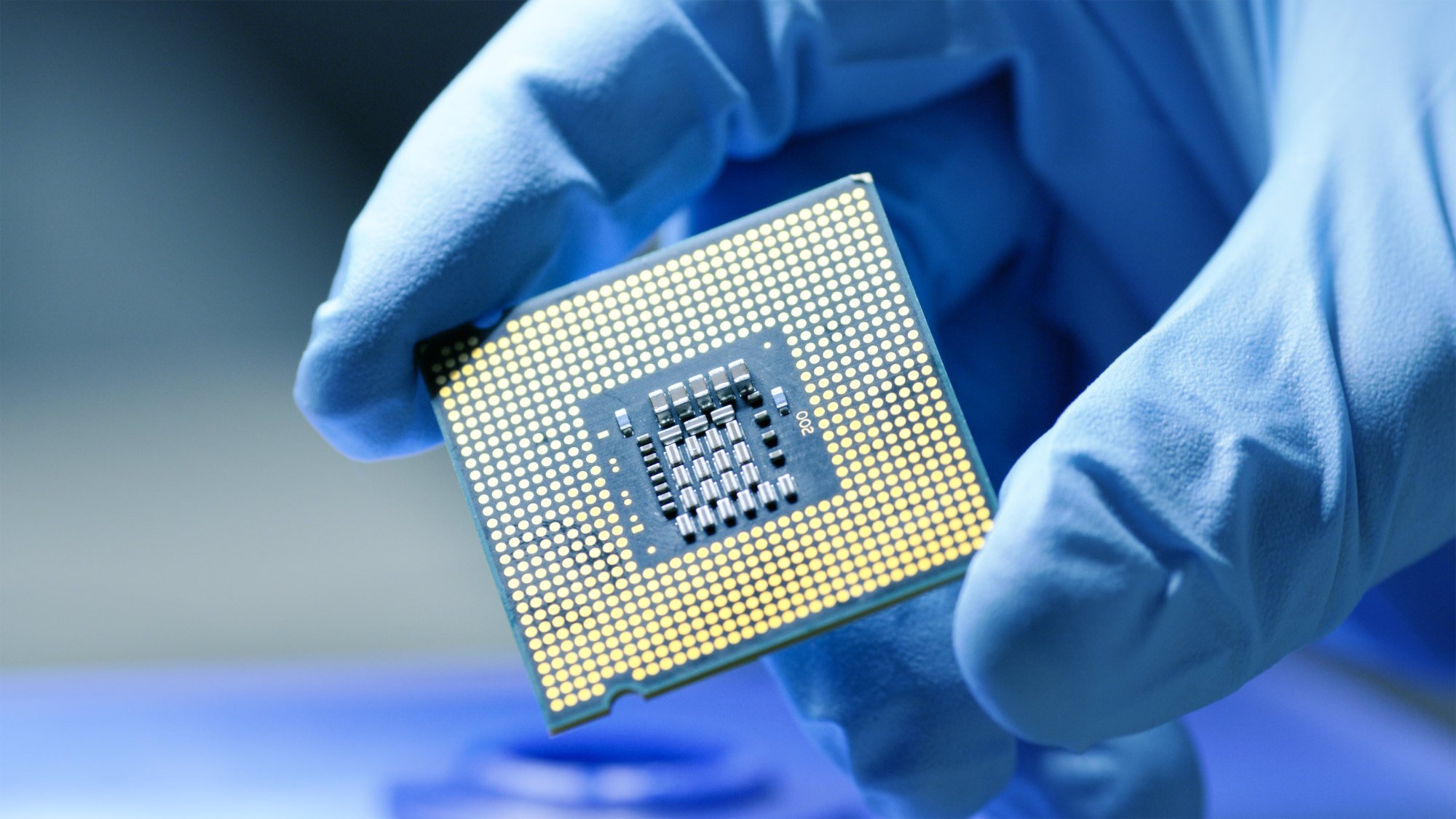“I wouldn’t be surprised if some Western countries begin to either discuss or perhaps even implement restrictions on the use of Chinese chips,” historian Chris Miller, author of the 2022 book Chip War, told the Post, adding that legacy chips were going to be an “increasing part of public discussion and debate in Western countries”.

Chinese scientists use diamond to make high-power chips for electronic warfare
Chinese scientists use diamond to make high-power chips for electronic warfare
Washington was worried about Beijing’s subsidies leading to overcapacity and price distortion, Miller said.
Describing tariffs as a standard trade policy tool to address concerns about subsidised chips from China, Miller said other measures under consideration included potential new tariffs or limitations on American market access.
SMIC, Huawei among top recipients of Chinese government funding this year
SMIC, Huawei among top recipients of Chinese government funding this year
“There have been a couple of firms that have said that they face pricing pressure due to supply shifting demand for certain types of foundational chips,” he explained, saying most of Beijing’s handouts to the domestic chip industry predated US controls.
Beijing has provided an estimated US$150 billion in subsidies in the last decade, according to a recent US Commerce Department report. This has created “an unlevel global playing field for US and other foreign competitors”, it said.
In 2022 alone, the Chinese government awarded more than US$1.75 billion in grants to 190 domestically listed semiconductor companies.
But Paul Triolo of Albright Stonebridge Group, a Washington-based consulting firm, expressed scepticism about fears of overcapacity in the sector.
It was not clear that “Chinese capacity is anywhere near producing overcapacity, particularly as still 80-to-90 per cent of imports are semiconductor consumption”, he said, calling the concerns “a little bit fanciful right now”.
Yet Triolo, a former US government research analyst, predicted “in the coming weeks … we’ll see a lot of different measures”, including many other Chinese chip companies added to US entity lists, the catalogue of foreign entities subject to US licence requirements for export or transfer.
Chinese EV maker halts production for 6 months as cutthroat market bites
Chinese EV maker halts production for 6 months as cutthroat market bites
Legacy chips are now regarded as holding strategic value because of their versatility, used in the production of broadband, factory automation systems, military systems and medical devices.
The vast majority of chips manufactured globally are legacy chips, not the advanced variety. According to research firm International Data Corporation, about 67 per cent of semiconductors produced in 2021 were above 16nm.

For chips in the 50-to-180nm range, China is estimated to control about 30 per cent of global production, according to a Rhodium Group report last April.
Still, the world’s largest manufacturing hub spends more on imported chips than on oil, producing about 36 per cent of the world’s electronics.
China imported a whopping US$378 billion worth of semiconductors and assembled 35 per cent of the world’s electronic devices in 2020, according to the US-based Semiconductor Industry Association.
Last year China imported US$349.4 billion in chips, down 15.4 per cent in value from 2022, official data showed. Despite the decline, chips remained the top item imported by the world’s second-largest economy.
Now Beijing is looking to become more self-sufficient.
In quantum tech entanglement with China, US ‘may already be behind’: think tank
In quantum tech entanglement with China, US ‘may already be behind’: think tank
Its latest customs data showed Chinese imports of chip-making equipment surged in value by nearly 80 per cent last October from a year earlier as mainland manufacturers rushed to buy tools before updated US trade restrictions took effect in November.
And Chinese chip makers were forecast to start production at 18 new fabs this year, according to Semi.
Within a decade, China could control about 46 per cent of global capacity in the 50-to-180nm range, the Rhodium Group forecast, with mainland China and Taiwan together possibly responsible for 80 per cent of 20-to-45nm foundry capacity over the next three to five years.
In addition, China’s mature-process capacity, encompassing chips that are 28nm and above, is expected to grow from 29 to 33 per cent by 2027, according to TrendForce, a Taiwan-based market research firm.
Huawei climbs back to No 1 spot in China smartphone sales
Huawei climbs back to No 1 spot in China smartphone sales
The alarm has precipitated Washington’s most high-profile chip measures, such as targeting onshoring manufacturing, export restrictions and outbound investment screening
That said, Washington appears to be seizing on legacy chips for closer scrutiny.
Last October, the Commerce Department added some less-advanced chipmaking equipment to US export-control restrictions along with those used to make the most advanced semiconductors.
In January, soon after the first Chips for America funding of US$35 million was allocated towards advanced chips for fighter planes, the Commerce Department granted US$162 million to Arizona-based chip maker Microchip Technology to “support its legacy chip-manufacturing efforts”.

The survey materialised after Raimondo said she had “heard enough anecdotally” that China’s subsidisation of legacy chips was “starting to distort the US market”.
The US Commerce Department is not alone in picking up on the issue.
Beijing was “on track to flood the United States and global markets with foundational semiconductors”, the panel warned. It called for “component tariffs” because most legacy chips enter the US as part of finished devices.
Replacing Chinese IT equipment in US will cost billions of dollars more: analysts
Replacing Chinese IT equipment in US will cost billions of dollars more: analysts
Even as Washington mulls stricter action on legacy chips, experts have disagreed on whether SMIC’s recent success in producing a 7nm chip qualified as creative adaptability to develop advanced semiconductors.
Nevertheless, Miller believed SMIC’s 7nm chip could not be described as an “example of unique innovation”.
At any rate, the development has prompted concern in Washington. The Commerce Department is now investigating how SMIC obtained the tools to make the chip in apparent violation of US restrictions.
Renewal of US-China science deal hinges on personal safety, reciprocity: scholar
Renewal of US-China science deal hinges on personal safety, reciprocity: scholar
Triolo argued SMIC’s 7nm chip was innovative in the sense that the chip maker “repurposed these tools in ways that the industry outside China had not done”.
Furthermore, it was difficult to gauge the success of tech-control measures since their goals seemed to have shifted, he said.
The point of the measures has been characterised as the US “trying to stop China from getting access to semiconductors that can be used for military purposes”, he added.
And while the US has worried primarily about cutting-edge chips, it is now older- legacy chips that pose grave threats since advanced semiconductors are not widely used for military applications.
“Most of the basic military systems”, Triolo said, “use mature-node semiconductors”.

